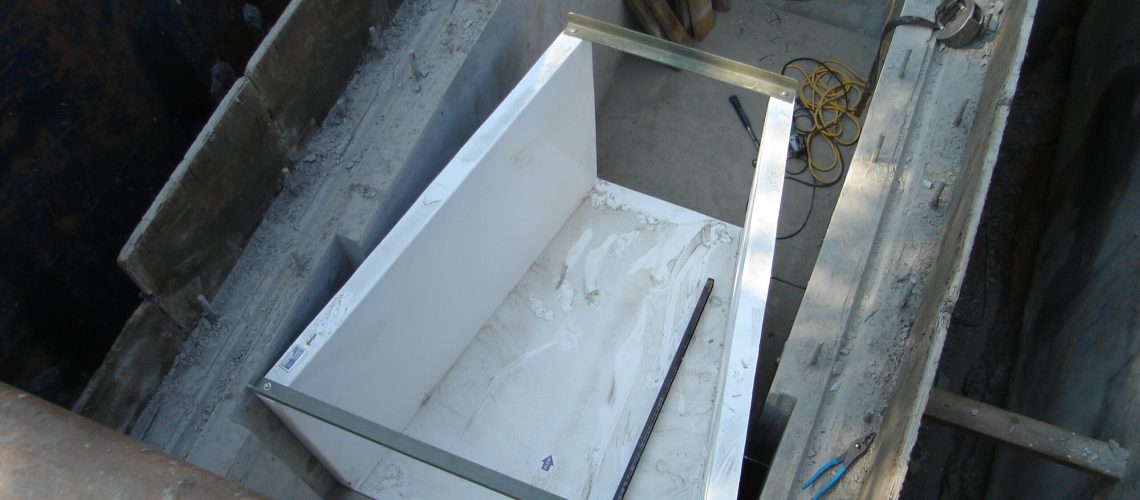When you’re working with flumes, you’ll need to set up your flow measurement device to work with a variety of different flows throughout the flow channel. If you don’t, your flume could suffer from what’s known as submergence, in which the surface of the flow channel becomes higher than the flume itself. As you would expect, this significantly throws off your measurements, and it can potentially make measurements impossible depending on the kind of flume you have. Here’s what you need to know about submergence.
What Causes Submergence?
There are certain flow conditions that lead to submergence that you’ll want to avoid when installing the proper flume for your channel. All submergence is caused by downstream conditions that don’t allow the flow to properly continue on after passing through the flume. These conditions, instead, cause the flow to back up by not allowing for a fast enough velocity. When it backs up enough, it can take over the flume itself as the downstream surface level rises. That’s why maintaining free-flow downstream conditions is essential to proper flume operations.
Submergence Corrections
Submergence may not totally negate your flow rate measurement efforts, as there are some ways to account for the conditions. Different flume designs like the Parshall, the Montana and the cutthroat have equations that can account for submergence. Just keep in mind that these equations are significantly more complicated, and you have to take measurements at multiple locations. That alone could add more to the overall cost of operation simply because it’s more work to get the readings you need.
In some cases, it may be impossible to correct for submergence. Generally, flumes that don’t have vertical walls, like trapezoidal flumes, cannot deal with submergence at all. This is because they have a high submergence transition ranging from 80%-90%. Any attempts to try to correct the flow are incredibly difficult and time-consuming, so make sure to opt for a different kind of flume if you expect that there’s a chance of submergence conditions developing.
When Can Submergence Occur?
Submergence can occur in any flume style under any flow rate velocity. Flow rate isn’t much of a factor in whether submergence is possible. It all depends on downstream conditions. Even relatively slow flows can end up causing the flume to be submerged if the downstream conditions are unfriendly enough.
Some flume styles are inherently resistant to the effects of submergence simply due to their design, such as the Palmer-Bowlus and the Parshall, but even they can fall victim. Other designs like the Montana and H Flume, however, are especially vulnerable, so be extra careful when implementing them.
Find a Flume With Tracom
With what you need to know about submergence in mind, it’s time to find the right flume for your needs. That’s where Tracom can help. Our team will work with you to come up with a custom design that works perfectly for your flow channel conditions and helps prevent submergence. Contact us today to get started


